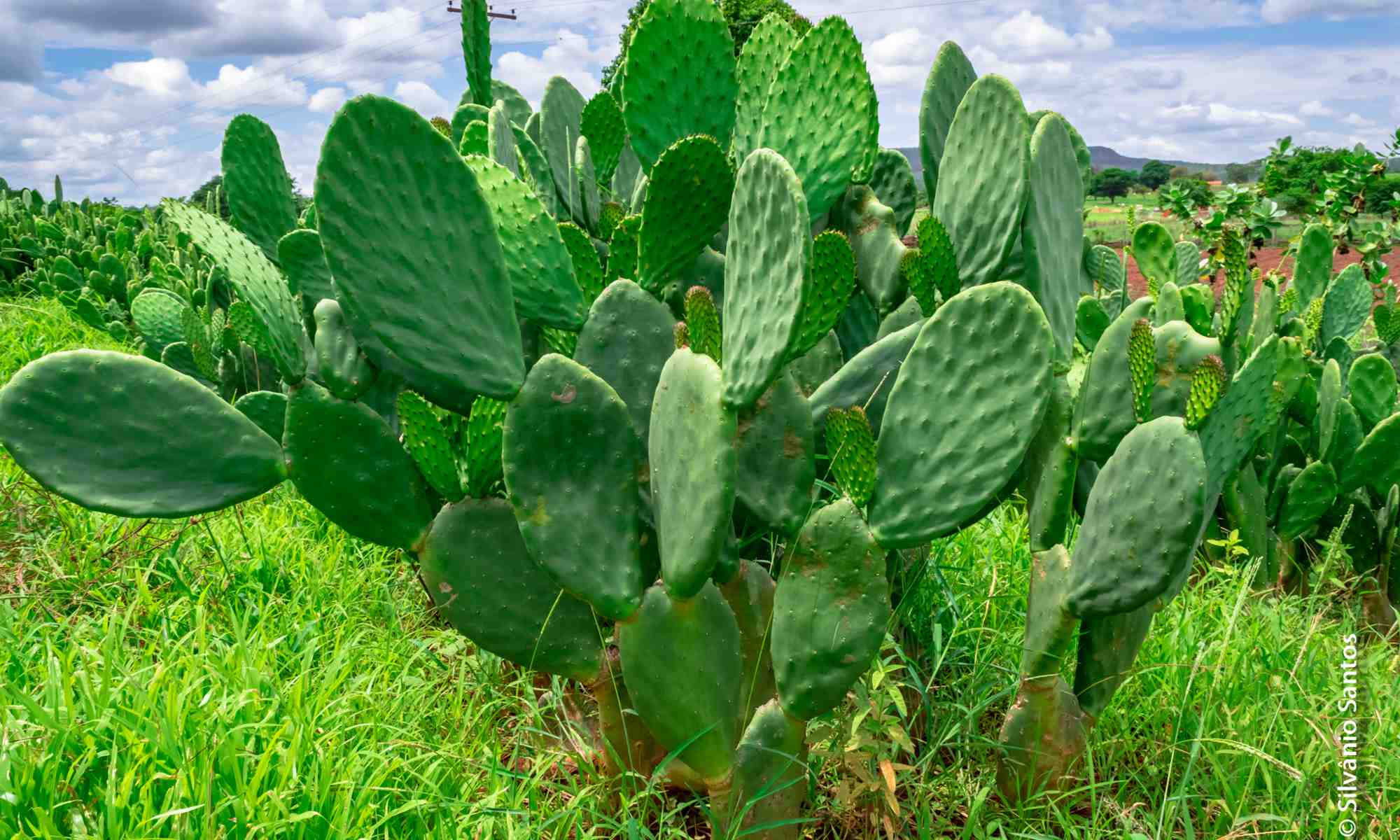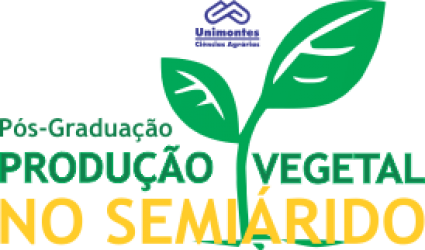- Version
- Download 6
- Tamanho do Arquivo 311.24 KB
- Data de Criação 16/06/2021
- Download
SALLES, Bárbara Panicalli Auler. Métodos de detecção de infecção quiescente de Colletotrichum musae em banana “Prata-Anã”. 2012. 57 p. Dissertação (Mestrado em Produção Vegetal no Semiárido) – Universidade Estadual de Montes Claros, Janaúba, 2012.
A antracnose, causada pelo fungo quiescente Colletotrichum musae, é considerada a doença mais severa em condições pós-colheita encontrando-se distribuída em todas as áreas produtoras. Para a detecção de infecções quiescentes em frutos tropicais, algumas técnicas vêm sendo estudadas e utilizadas, visando à quantificação do nível de infecção sobre a superfície do fruto antes da maturação. O estudo teve como objetivo avaliar os métodos do etanol, paraquat e ethephon, em diferentes concentrações e idade de maturação dos frutos na detecção de infecções quiescentes de C. musae em banana “Prata- Anã”. Inicialmente avaliaram-se métodos em diferentes concentrações dos produtos em frutos imaturos, com 3 semanas antecedentes ao ponto de colheita comercial sendo: etanol nas concentrações: 40%; 50%; 60%; 70% e testemunhas ( sendo testemunha 1 frutos com 3 semanas antecedentes a colheita sem imersão em produto e testemunha 2 frutos no ponto de colheita comercial sem imersão em produto); paraquat nas concentrações 3 mL-1, 6 mL-1, 9 mL-1; 12 mL-1 e testemunhas (sendo testemunha 1 frutos com 3 semanas antecedentes à colheita sem imersão em produto e testemunha 2 frutos no ponto de colheita comercial sem imersão em produto) e ethephon nas concentrações 1,2 mL-1; 1,45 mL-1; 2,1 mL-1; 2,4 mL-1 i.a. e testemunhas ( sendo testemunha 1 frutos com 3 semanas antecedentes à colheita sem imersão em produto e testemunha 2 frutos no ponto de colheita comercial sem imersão em produto). Posteriormente, analisou-se o efeito da idade de frutos imaturos com 2, 3, 4 e 5 semanas antes do ponto de colheita e frutos no ponto de colheita comercial sobre a eficiência dos métodos nas concentrações selecionadas: Etanol (40%); paraquat (3 mL-1 ) e ethephon (1,2 mL-1 i.a). Em todos os experimentos, os frutos foram mantidos em câmara frigorífica a 25 ºC ± 1º e 85% ± 5% de umidade relativa por 12 dias para os métodos do etanol e ethephon e 18 para o método do paraquat. A cada três dias, os frutos foram avaliados, de acordo com a incidência e severidade da doença. O método do etanol não é eficiente na detecção de infecções quiescentes em banana “Prata Anã” em qualquer idade dos frutos. A idade dos frutos que proporcionou uma maior incidência da doença foi a de 2 semanas antecedentes à colheita comercial quando submetidos ao método do ethephon na dose 1,2 mL-1 . Conclui-se que o método do ethephon foi o mais adequado em detectar infecções quiescentes de C. musae, com antecedência de 15 dias antes da colheita. Tal resultado constitui-se, portanto em alternativa de grande aplicabilidade na detecção precoce de antracnose.
Palavras-chave: Antracnose, Musa spp, frutos imaturos
Detection methods of quiescent infection of Colletotrichum musae in “Prata-Anã” banana
The anthracnose, caused by the quiescent fungus Colletotrichum musae, is considered the most severe disease in post-harvest conditions being distributed in all of the producing areas. Order to detecting quiescent infections in tropical fruits, some techniques have been studied and used, seeking to quantification of the infection level on the fruit’s surface before the ripening. The study aimed to evaluate the Ethanol, Paraquat and Ethephon methods in different concentrations and age of maturation of the fruits to detecting quiescent infections of C. musae in "Prata-Anã" banana. Initially methods in different concentrations of the products were evaluated in unripe fruits, with 3 weeks antecedents to commercial harvest time being: Ethanol in the concentrations: 40%; 50%; 60%; 70% and control (being control 1 fruits with 3 weeks antecedents to harvest without immersion in product, and control 2 fruits in commercial harvest time without immersion in product); Paraquat in the concentrations 3 mL-1, 6 mL-1, 9 mL-1 ; 12 mL-1 and control (being control 1 fruits with 3 weeks antecedents to harvest without immersion in product and control 2 fruits in commercial harvest time without immersion in product) and Ethephon in the concentrations 1.2 mL-1 ; 1.45 mL-1 ; 2.1 mL-1 ; 2.4 mL-1 i.a and control (being control 1 fruits with 3 weeks antecedents to harvest without immersion in product and control 2 fruits in commercial harvest time without immersion in product). Later, the effect of the age of unripe fruits was analyzed with 2, 3, 4 and 5 weeks before the harvest time and fruits in commercial harvest time on the efficiency of the methods in the selected concentrations: Ethanol (40%); Paraquat (3 mL-1 ) and Ethephon (1.2 mL-1 i.a). In all of the experiments, the fruits were maintained in refrigerating chamber to 25 ºC ± 1º and 85% ± 5% of relative humidity for 12 days for the Ethanol and Ethephon methods and 18 for the Paraquat one. Every three days, the fruits were appraised, according to incidence and severity of the disease. The Ethanol method is not efficient in the detection of quiescent infections in "Prata-Anã" banana in any fruits age. The fruits’ age that provided the highest disease incidence was the one of 2 weeks antecedents to commercial harvest when they were submitted to the Ethephon method in the dose 1.2 mL-1 . It is concluded that the Ethephon method was the most appropriate in detecting quiescent infections of C. musae, in advance of 15 days before the harvest. That result is constituted, therefore, in alternative of great applicability in the precocious detection of anthracnose.
Keyword: Anthracnose, Musa spp, unripe fruits

